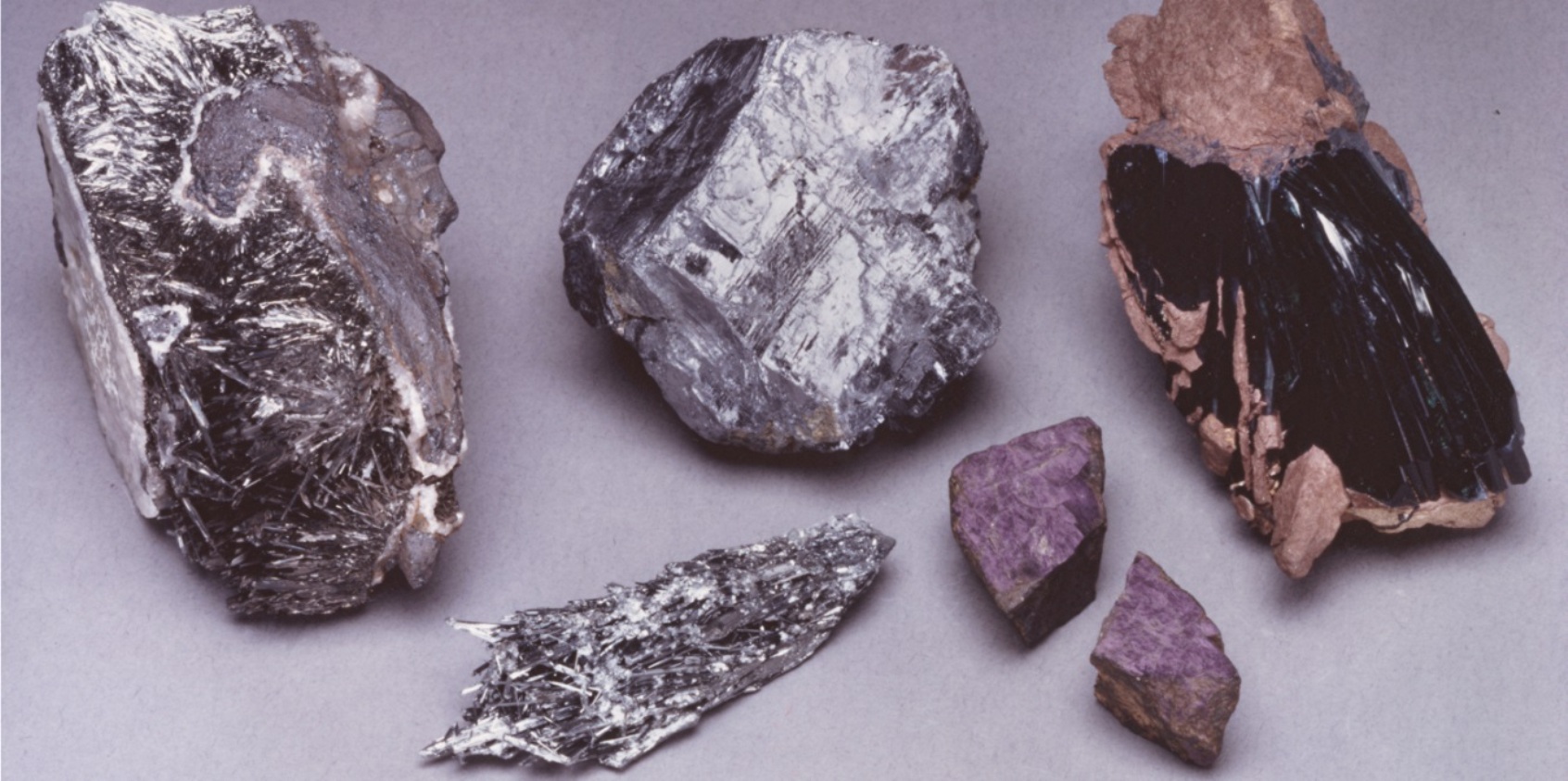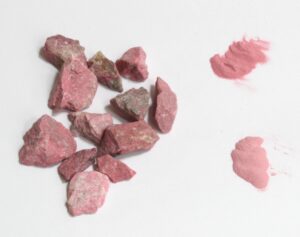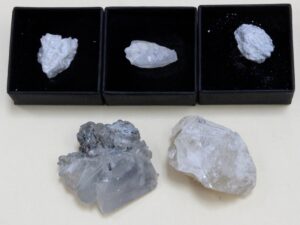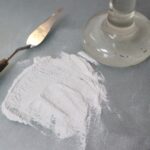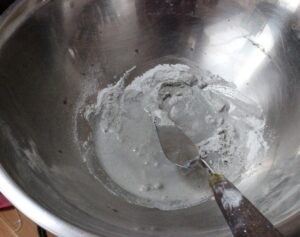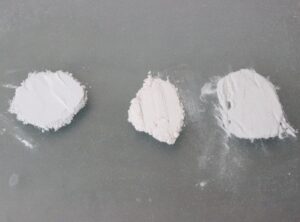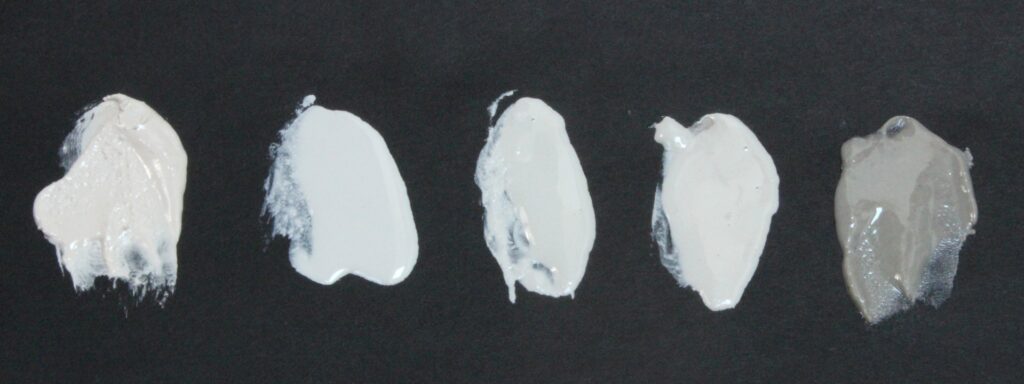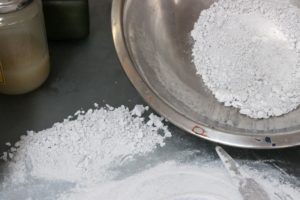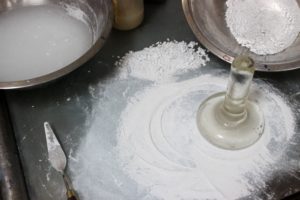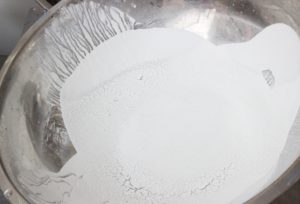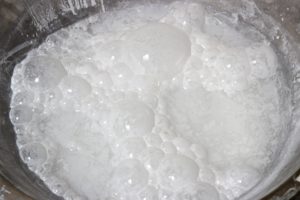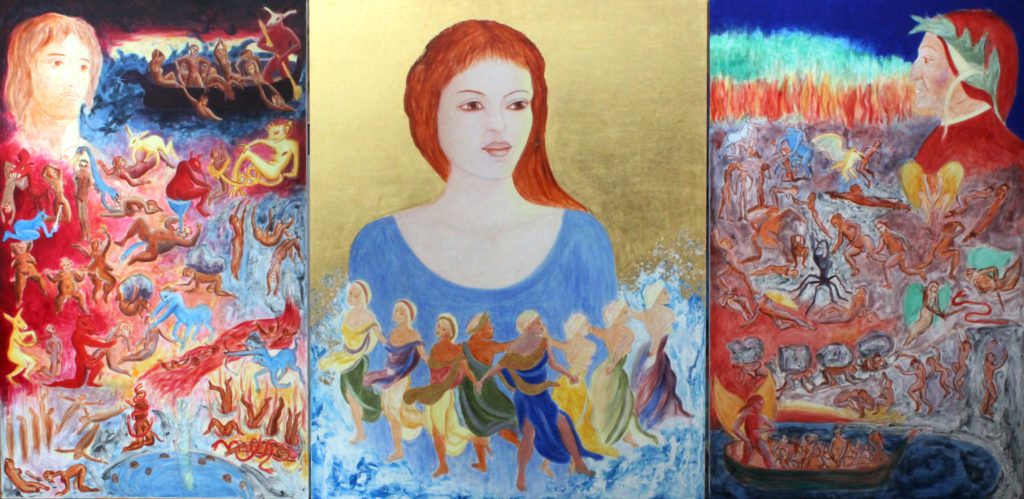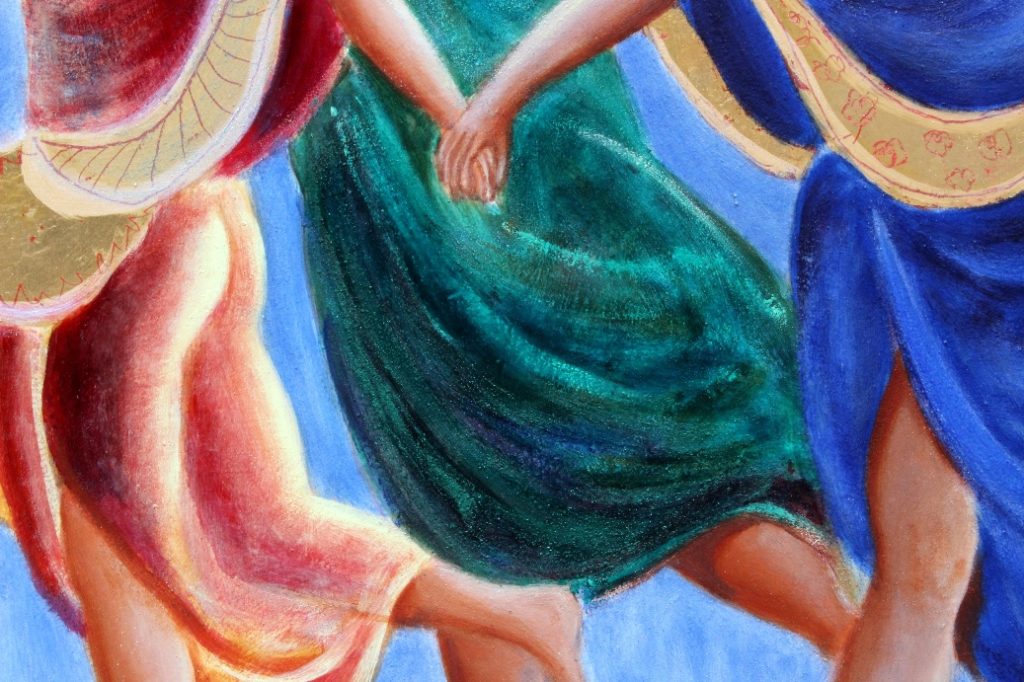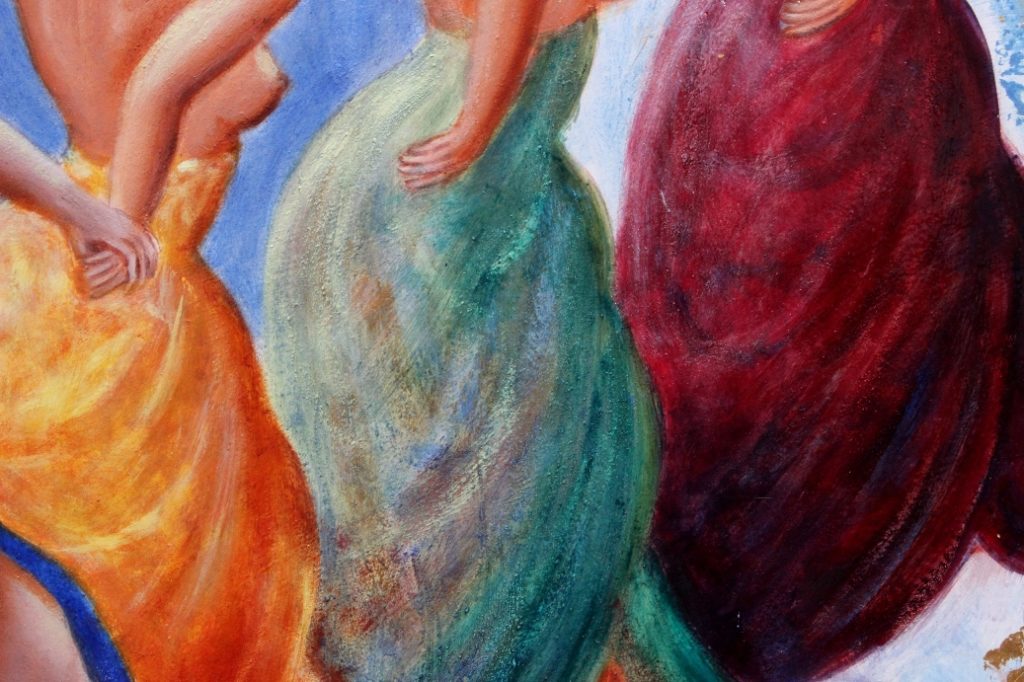The following sections contain updates on new research following the publication of “Renaissance Mysteries (Vol. I)
November 2022. Two new minerals added to my palette: Cavansite (left) and Thulite (right). Both minerals have a low refractive index and produce the most brilliant sparkling turquoise and pinks in a water based binding medium. In a fir-balsam resin with a drop of walnut oil cavansite becomes a very translucent pale bluish-green and thulite a slightly darker pink. Crushing of the crystals and rock is relatively easy. Levigation in a weak casein solution is optimal for floating out the grey impurities.
A comparison of the minerals cerussite and hydrocerussite with lead white from corroded lead. – Sept. 2020.
Each pigment is bound in Strasbourg turpentine resin with a drop of walnut oil. From left to right:
1. Mineral cerussite levigated in a weak casein solution.
2. Lead white washed and levigated in a weak casein solution.
3. Lead white small particle ground in vinegar and washed in boiling water. Final levigation as in no. 2.
4. Larger particle lead white prepared as in no. 3.
5. Mineral hydrocerussite prepared as in no.3. Note that although hydrocerussite appears to be grey, it is completely translucent. When lead white is mixed with this pigment the white also becomes translucent. Last, but not least, the most brilliant white is a mixture of fine mineral cerussite and small particle lead white.
It should also be noted that fine particle cerussite blends more easily with lapis lazuli. Further tests are being conducted.
Lead White Preparation
The final preparation of lead white from the “stack process” after collecting the flakes of white and washing them.
The four images show the grinding of the washed flake white.
1. shows the initial grinding to produce finer pigment particles.
2. and 3. after levigation in a weak casein solution to separate different particle sizes.
4. by pouring water into the solution, bubbles are created that will carry the finest particles that are poured into another bowl. See the videos on Instagram @ artmprice51. (May 24th 2019).
Work in Progress: April 2019 – February 2020.
Dante’s Divine Comedy, Left panel – Virgil looks into the Inferno, Centre panel – Beatrice in Paradise, Right panel: Dante looks over Purgatory. Total size, 164 x 3.35 cm (5 ft 4″ by almost 11 ft). Natural and mineral pigments in Strasbourg turpentine and walnut oil. Gold leaf, 24 carat.
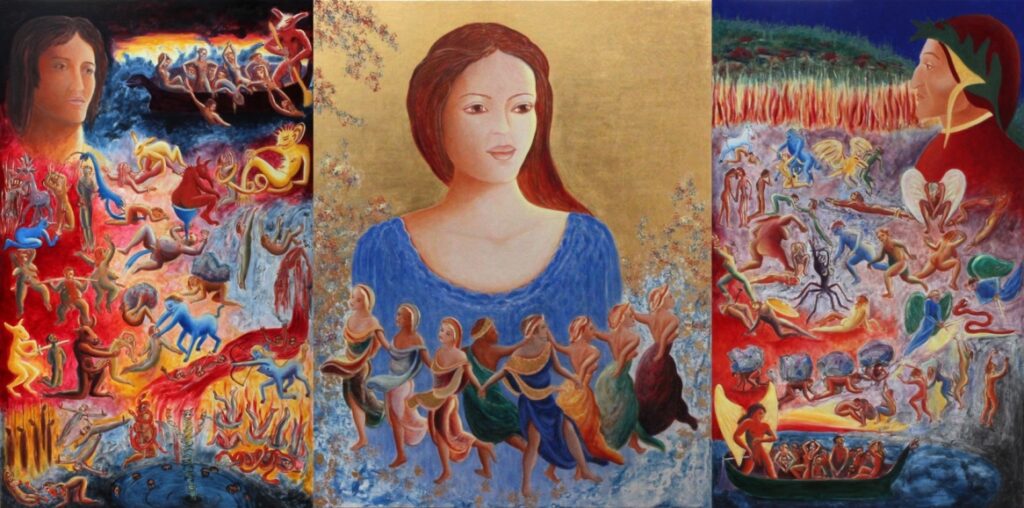
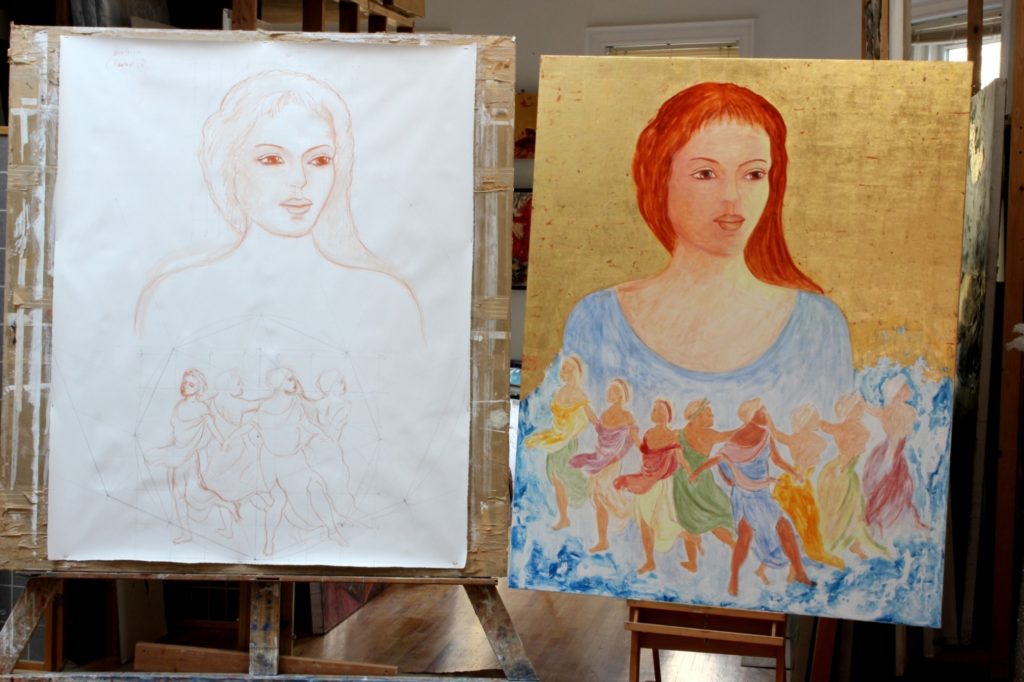
This is the first work of three panels which includes Beatrice in Paradise, Virgil in the Inferno and Dante in Purgatory. This is a continuation of the Resurrection Adventures.
College Art Association Conference 2019
Presentation
A Contemporary Solution to Making Renaissance Blue Pigments
Michael D. Price
Thursday, February 14, 2019
New York Hilton Midtown (6th Ave. @ 53rd Street ) – 2nd Floor , Room Nassau East, 6:00 PM – 7.30 PM
Session: Early Modern Craftsmanship and Contemporary Techniques. (4 Presenters).
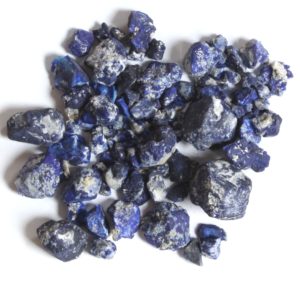
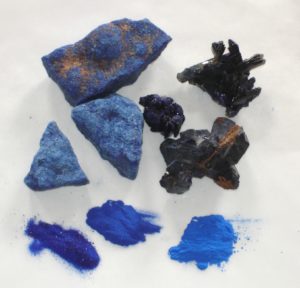
Abstract Text:
The color blue has always displayed a special spiritual significance in the history of art. Natural blue minerals for use in painting are limited to the semiprecious stone lapis lazuli and azurite.
First of all, my presentation compares the famous Cennino Cennini recipe with my protocol in which pure lazurite can be separated from the mineral lapis lazuli through three simple steps in the artist’s studio.
For example, each step is photographed and supported with images of unprepared and prepared pigments under the microscope. In addition, tests show the causes of the discoloration of natural ultramarine known as ultramarine sickness.
Secondly, the presentation examines the misinformation surrounding the stability of azurite in paint layers. This is due to a fundamental lack of understanding of how to paint with the pigment. Through focused-ion beam images, I demonstrate the first step to stabilize this pigment for use in a variety of binding mediums.
Finally, the discussion covers the challenges of painting with natural pigments and how this differs from the modern synthetic blues whether in oil or acrylic binding mediums. Examples from Raphael to Memlinc show the success and failure of artists using lapis lazuli and azurite. My painted panels demonstrate the chromatic range and possibilities of the natural pigments for contemporary artists.
To be updated.


